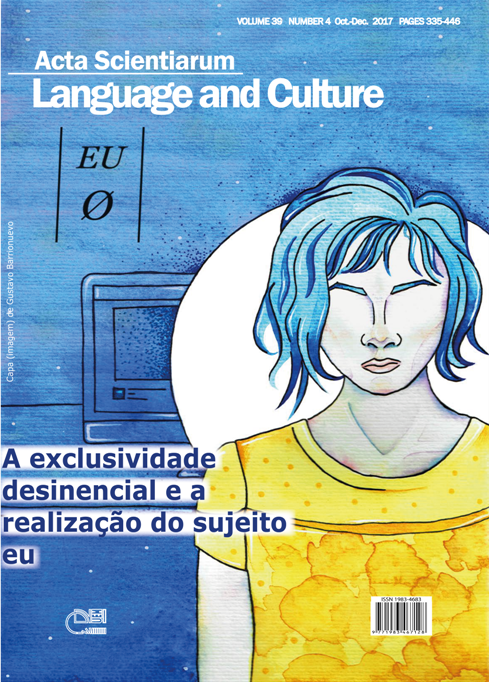<b>Between test subjects and school hearings: portuguese teaching contents in the primary normal school of Florianopolis institute of education in 1938
Abstract
We present the analysis of privileged content for Portuguese language teaching in primary teacher training at Normal Primary School contained in the ‘Dias Velho’ School Group Report from Florianópolis Education Institute, in 1938. The research only concerns part of the report, namely the content of the hearings, included in a specific section of the report called ‘Raffled points in regulatory hearings and final examinations’. This study, developed as a qualitative case study based on documentary evidence, had as its theoretical basis: both the concepts of the Circle of Bakhtin and researches about language teaching training in the fields of Applied Linguistics and Education. Following the research methodology that starts from the analysis of the social dimension of utterances for further analysis of the verbal dimension, it was found that: the data of this study, the report, as stated, was characterized as a utterance belonging to a more standardized speech gender; the contents of Portuguese hearings resembled the contents which composed the curriculum of Portuguese school subject at that time (those were grammatical contents which were conceptually approached); and, finally, the contents of pedagogy and psychology hearings also predominantly encompassed conceptual definitions. We concluded that the Primary Normal education given by the Florianopolis Education Institute, in 1938, consisted mostly of a general curriculum and less of teacher training for teaching at primary school.
Downloads
DECLARATION OF ORIGINALITY AND COPYRIGHTS
I Declare that current article is original and has not been submitted for publication, in part or in whole, to any other national or international journal.
The copyrights belong exclusively to the authors. Published content is licensed under Creative Commons Attribution 4.0 (CC BY 4.0) guidelines, which allows sharing (copy and distribution of the material in any medium or format) and adaptation (remix, transform, and build upon the material) for any purpose, even commercially, under the terms of attribution.
Read this link for further information on how to use CC BY 4.0 properly.




















6.png)









